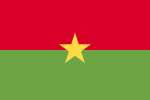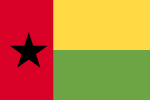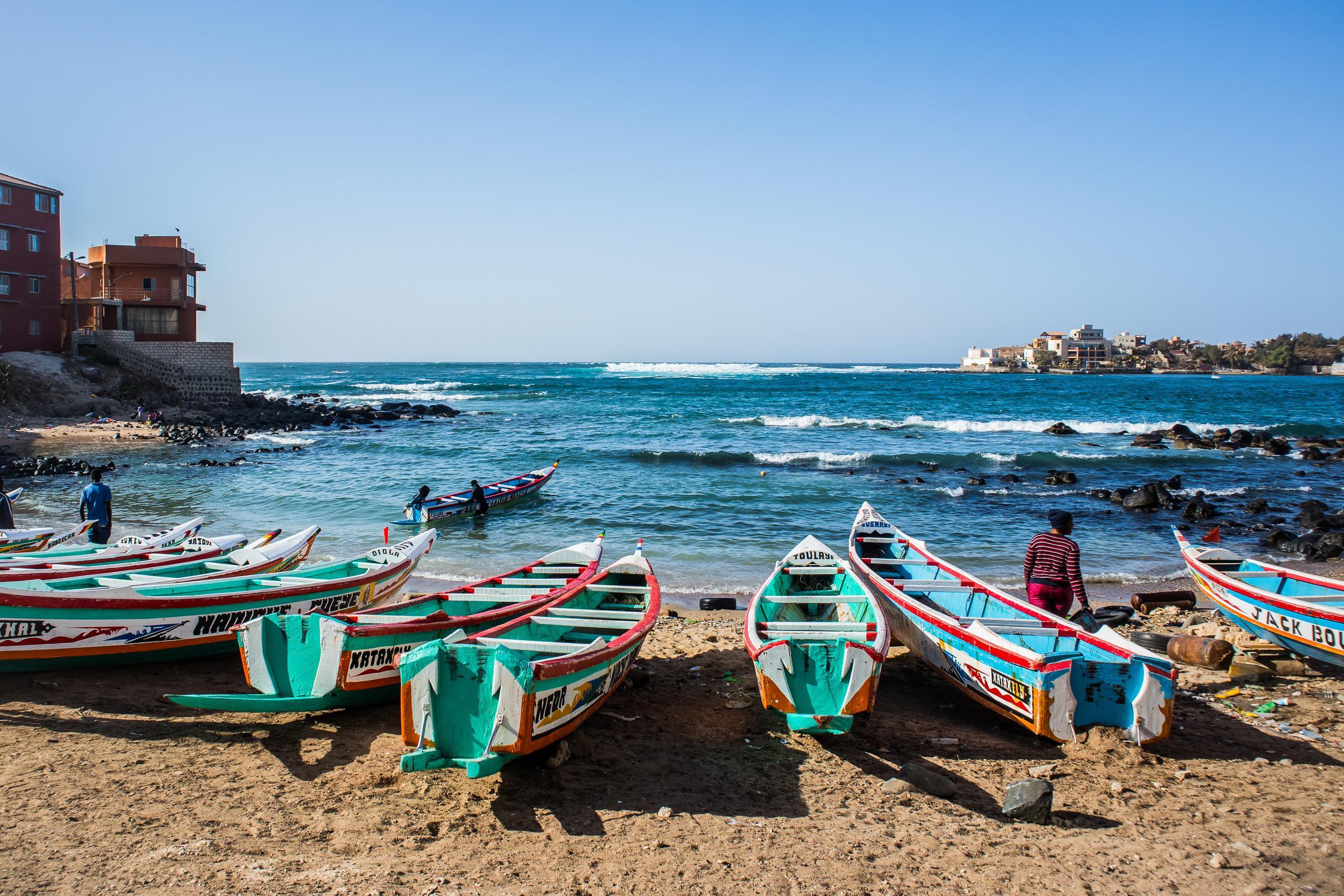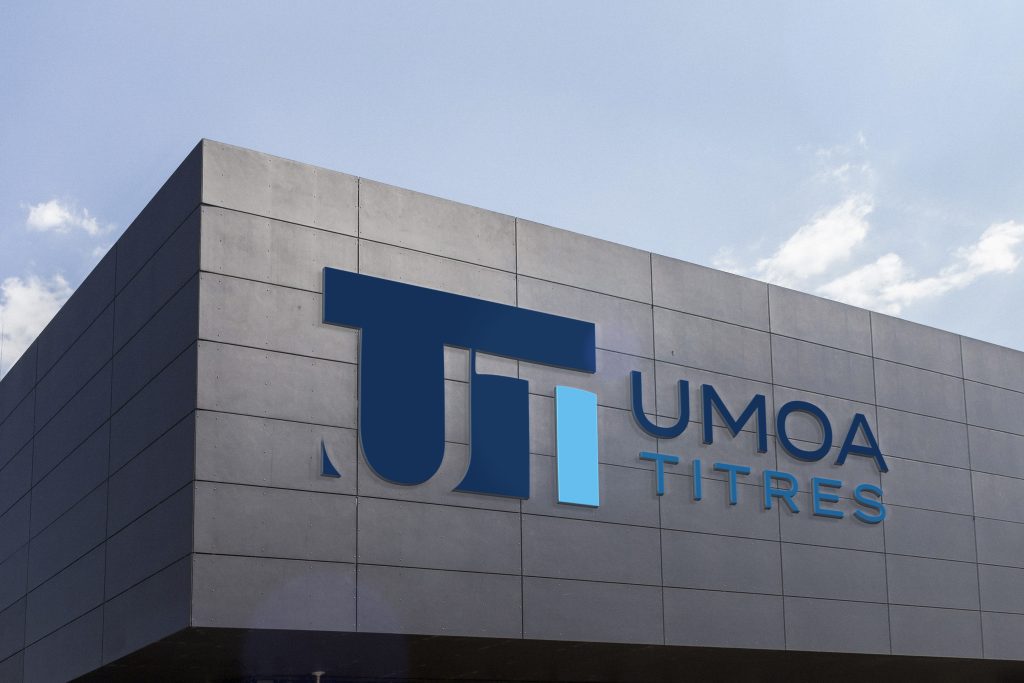Considered one of the most stable democracies in Africa, Senegal is also a successful economy that has maintained strong growth over the past eight years. This growth is the result of a certain political stability and a favorable business climate. Despite the adverse effects of the COVID-19 pandemic on activity, the economy has been resilient with growth estimated at 1.5% in 2021. The economic outlook also remains favorable with the continued implementation of the Emerging Senegal Plan (PSE) and the start of commercial exploitation of oil and gas.
Since the 2000 and 2012 government handovers, major reform programs have been implemented to boost economic growth. These reforms are an integral part of the strategic axes of the PSE initiated by the Senegalese authorities in 2014. This plan, which remains the reference for Senegal’s economic and social development policies, aims to make the country an merging country by 2035.
Growth momentum maintained despite the crisis
The Senegalese economy has experienced remarkable growth since the start of the PSE implementation in 2014. The real GDP growth rate rose from 2.4% in 2013 to 6.2% in 2014 and then to 6.4% in 2015 and 2016 before settling at 7.4% in 2017. The country has averaged 6.0% growth over the 2015-2019 period. The economy slowed down in 2020 with a growth of 1.5% attributable to the effects induced by the measures adopted in the fight against COVID-19. The adoption of an economic recovery plan and the global improvement should help accelerate growth in the Senegalese economy from 2021 onwards, driven by all sectors of activity.
Between 2015 and 2019, the primary sector experienced dynamic activity estimated at 7.7%. This good performance is mainly due to the fishing sector, which grew by an average of 15.2% over the 2015-2019 period, and livestock farming, which recorded a 10.4% increase in 2019.
The secondary sector has also seen good growth, averaging +6.8% over the 2015-2019 period. The mining, food processing and chemical sub-sectors have made a significant contribution to the dynamism of the secondary sector. Regarding the extractive sector, Senegal recorded growth of 28.2% and 12.9% in 2018 and 2019 respectively, thanks to the production of raw materials such as gold, phosphate, and zircon. The agro-processing sector is mainly driven by the food fat manufacturing sub-sector. The chemical production sector, up 3.8% in 2019, is on a growth momentum due to the availability of phosphate. The construction sector is also booming following the execution of major works initiated by the State, in particular the Dakar- Saint Louis motorway, the completion of the VDN road, the continuation of the development of the Diamniadio urban center as well as social housing programs. Other major projects such as the completion of the construction of stadiums and hotels near Diamniadio have also strengthened the construction industry.
The tertiary sector grew by an average of 6.0% over the 2015-2019 period, mainly due to the growth of financial and insurance services (+9.9%), trade (+7.9%), transport (+6.8%), collective and individual activities (+16.4%), educational services (+6.5%) and health and social work (+6.7%).
The Emerging Senegal Plan: A promising development plan
Launched in 2014 for a period of 10 years, the Emerging Senegal Plan is divided into two five- year phases: 2014-2018 and 2019-2023. The first five-year period or Priority Action Plan (PAPI) is mainly based on 3 strategic axes:
– Creating wealth and jobs to transform the economy
– Promoting human capital and preserving the conditions for sustainable development
– Compliance with the requirements of good governance and regional integration
During PAP I, several infrastructures supporting economic productivity such as the completion of the construction of the AIBD airport, the opening of production areas or the rehabilitation of the Dakar-Bamako railway network were launched. During this period, Senegal implemented the Business Environment Reform Program (PREAC), which has helped make the country a business-friendly environment, thanks to certain innovations such as the dematerialization of customs procedures, the tax incentives provided by the Investment Code and the free export enterprise regime. These major innovations in the business sector have contributed to Senegal’s ranking as one of the best reformers in recent years according to the Doing Business ranking.
The PAP II has been supported by US$14 billion in funding from the Consultative Group. By 2023, a growth rate of 7 to 8% is expected, driven by the agriculture and agri-food, housing, mining, and tourism sectors. The creation of 350,000 formal jobs is also expected.
This development plan has enabled Senegal to make significant progress in both the economic and social spheres. However, Senegal still faces difficulties on both the economic and social levels. One of the major development challenges is to mitigate the socio-economic impact of the current health crisis by ensuring sustainable and inclusive growth.
For a more complete picture of Senegal’s economy and investment prospects, download the country’s information note here.
Source : Senegal’s Information Note / August 2021












